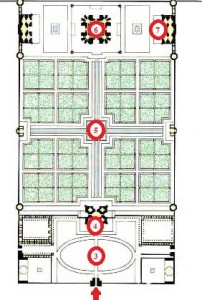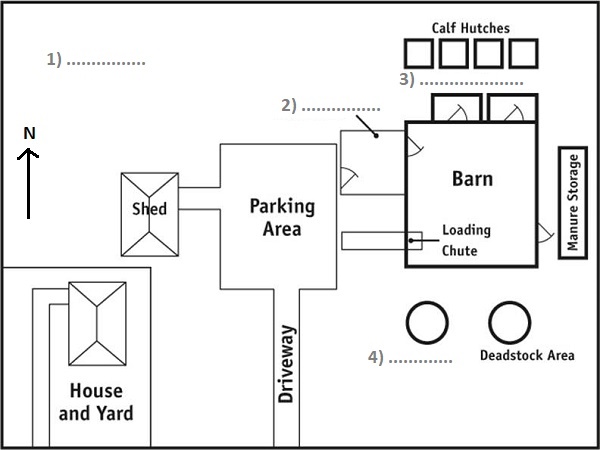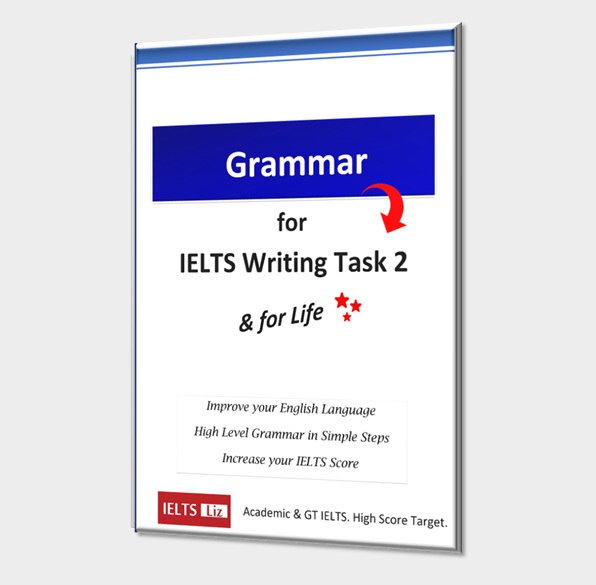IELTS listening summary completion essential tips and practice. These questions are quite common in the listening test and can appear in any section. You are required to listen and select the correct words or numbers to fill in the gaps.
IELTS LISTENING SUMMARY COMPLETION TIPS
Essential tips and techniques to tackle summary questions in IELTS Listening:
- Task: You will be given a paragraph with missing words.
- Your task is to fill in the gaps with words or numbers from the recording to complete the paragraph.
- A Summary: The paragraph is a summary. This means you are not going to hear each sentence the same as in the recording. The information in the paragraph is summarised which means it focuses on key information rather than all details.
- Title: The summary completion questions will have a title. This will tell you what the paragraph focuses on.
- Answer Order: The answers will come in order in the recording. So, you will hear the answer to question 1 and after that the answer to question 2.
- Word Count: You will be told how many words or number you can have in your answer. Pay attention to this information.
- Similar: A summary completion contains the same questions as a Sentence Completion because you are completing sentence within the summary paragraph. You can use the same techniques for these questions. For example:
- Predict the type of answer from the sentence given: noun, verb etc.
- Grammar is important. The sentence must be grammatically correct when you complete it.
- Keywords in the question are critical to keeping your place and spotting the correct answer.
- See all tips on this page: SENTENCE COMPLETION TIPS
- Paraphrasing: Some of the words in the summary paragraph will be paraphrased and others will not. You can’t predict which words will be the same or not. but be ready for synonyms and re-phrasing.
- Precise Words: Your answer must be the precise word from the recording. You can’t alter the word.
- Spelling counts. Check your spelling because words incorrectly spelled are marked wrong.
IELTS LISTENING SUMMARY COMPLETION PRACTICE
Listening Practice Lesson 1
Buckingham Palace
Questions 1-7: Complete the summary using no more than one word or a number.
Buckingham Palace is where the Queen officially resides when she is in London and is well known for its famous 1 …………….., which was used for the first time by a royal during an official appearance in 2……………….. There were 3 ………… bomb hits to the palace in World War II which struck the palace with absolute precision. There are a range of services available to the royal residents in the palace, which has a total of 4 ………. rooms. There are 1,514 doors in the palace and 5 …………………. windows, which are cleaned once every six weeks. The Queen hosts more than 6 ……………… people each year for occasions such as banquets, various meals, receptions and 7 ………………..parties.
RECORDING:
.
Transcript and Answers
Click below to reveal the answers and transcript for this lesson:
TranscriptBuckingham Palace is The Queen’s official London residence. The balcony of Buckingham Palace is one of the most famous in the world. The first recorded Royal balcony appearance took place in 1851, when Queen Victoria stepped onto it during celebrations for the opening of the Great Exhibition. During the Second World War, Buckingham Palace suffered nine direct bomb hits.
Buckingham Palace has its own chapel, post office, swimming pool, staff cafeteria, doctor’s surgery and cinema. There are 775 rooms in the palace. Some rooms at Buckingham Palace have a Chinese theme. There are 1,514 doors and 760 windows in Buckingham Palace. All windows are cleaned every six weeks. More than 50,000 people visit the Palace annually as The Queen’s guests at banquets, lunches, dinners, receptions and garden parties.
- balcony
- 1851
- 9 / nine
- 775
- 760
- 50,000
- garden
Adapted from royal.gov.uk
.
*********************
Listening Practice Lesson 2
The Terracotta Army
Questions 1-5: Complete the summary using no more than three words and /or a number.
The terracotta army was made in order to 1…………………… the emperor after this death in his afterlife. This funerary art has been estimated to be from the 2………………. and was discovered in 1974 by the 3…………………… The majority of the sculptures were 4.…………. and 5………….. sculptures of cavalry horses were also found.
RECORDING:
.
TRANSCRIPT, ANSWERS & VOCABULARY
Click below:
TranscriptThe figures, dating from approximately the late third century BC, were discovered in 1974 by local farmers in, Xi’an. The figures vary in height according to their roles, with the tallest being the generals. The figures include warriors, chariots and horses. Estimates from 2007 were that the three pits containing the Terracotta Army held more than 8,000 soldiers, 130 chariots with 520 horses and 150 cavalry horses, the majority of which remained buried in the pits nearby. Other terracotta non-military figures were found in other pits, including officials, acrobats, strongmen and musicians. (from wiki)
- protect
- third century BC / 3rd century BC
- local farmers
- soldiers
- 150
- sculpture = three-dimensional work of art (for example a statue)
- to depict =show, illustrate, represent
- funerary art = art which for funerals, when someone dies
- purpose = aim / function
- afterlife = some cultures (past and present) believe in life after death
- figures = a person’s bodily shape, a copy of a person, such as a statue
- vary = differ
- warrior = soldier
- chariot = a horse-drawn vehicle (particularly common in later periods of Ancient Egypt and also Ancient Rome)
- majority = greater part
- a pit = a hole in the ground
- acrobat = an entertain who is excellent in gymnastic, daring achievements
.
*********************
RECOMMENDED FOR YOU
Click below:
- Sentence Completion Listening Practice & Tips
- Table Completion Listening Practice & Tips
- ALL IELTS LISTENING FREE LESSONS & TIPS
.







